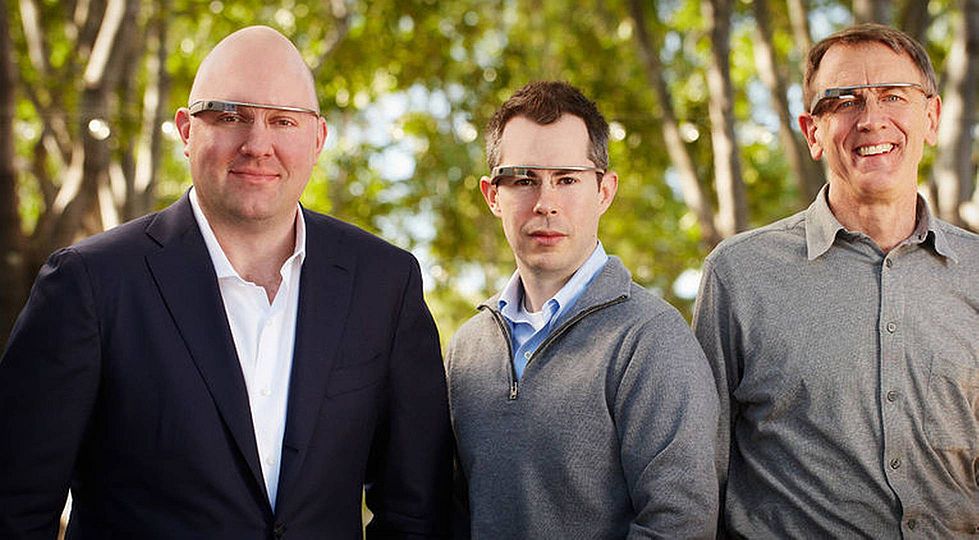Google Glass attempted to make a splash on the market three years ago with an early developer’s version, but was met with its fair share of controversies, particularly with ease of use. The sales of $1500 developer versions of Google Glass got plenty of units in the hands of people, but the backlash that followed led to controversy and critics coining the term “glasshole” to describe Google Glass wearers. With that, the company opted to pull its current model of the headset, while at the same time contemplating what will become of it. Apparently, a new model is in the works, according to the Wall Street Journal.
After initially shutting down Glass and its coordinating Explorer program earlier this year, Google Executive Chairman Eric Schmidt has stated that the project is now under the watch of Tony Fadell, head of Google’s Nest connected home division, in an effort “to make it ready for users.”
“It is a big and very fundamental platform for Google,” he explained. “We ended the Explorer program and the press conflated this into us canceling the whole project, which isn’t true. Google is about taking risks and there’s nothing about adjusting Glass that suggests we’re ending it.”
That, alongside the company’s recently announced self-driving car, is intended to be made for the long term. “That’s like saying the self-driving car is a disappointment because it’s not driving me around now,” explained Schmidt. “These things take time.”
The failure of Google Glass to get a foothold in its first form was primarily a failure of marketing. Or, at least, that’s the essence of Google X director Astro Teller, who spoke at SXSW. “The great decision is that we did the Google Glass Explorer program—that was absolutely the right thing to do,” Teller said. “The thing that we did not do well—that was closer to a failure—was that we allowed and sometimes even encouraged too much attention for the program.”
The attention was intense, and Google provided little guidance in terms of how to view the product and its uses. Google Glass was not a product ready for release, yet Google didn’t make that clear enough to the world. “We could have done a better job communicating that and preventing it from becoming as loud of a conversation as it got,” Teller said.

According to the Wall Street Journal, the goals of the new product are for it to be more affordable to the mainstream market, along with having better battery capacity so that it will last longer. Improvements to the sound and display are also reportedly being planned, although Schmidt has yet to confirm any information on the newer Glass product.
Regardless, it’s got a tough uphill climb ahead of it when it debuts, thanks to the emergence of other popular technology that’s on the way, including the launch of the Apple Watch next month, the continuing efforts of Android Wear, and perhaps even Microsoft’s planned HoloLens technology. Perhaps Google may have plans to make its Glass technology more affordable — though it’s still likely to be met with similar controversy like the first product, especially when it comes to users complaining about invasion of privacy.
While the wrist is the next battleground for technology, Google’s not giving up on head-mounted devices. With the array of virtual reality and augmented reality devices announced, it’s clear that’s going to be an area of intense interest in the next few years. Google’s already gathered plenty of practical, field-tested information on user experience and user interface, something other devices have still to gather. A new Google Glass, featureing advances in technology, interface, and apps along with a friendlier price tag, could well claim a spot in the market. We’re just giving you a heads-up, as it were.


